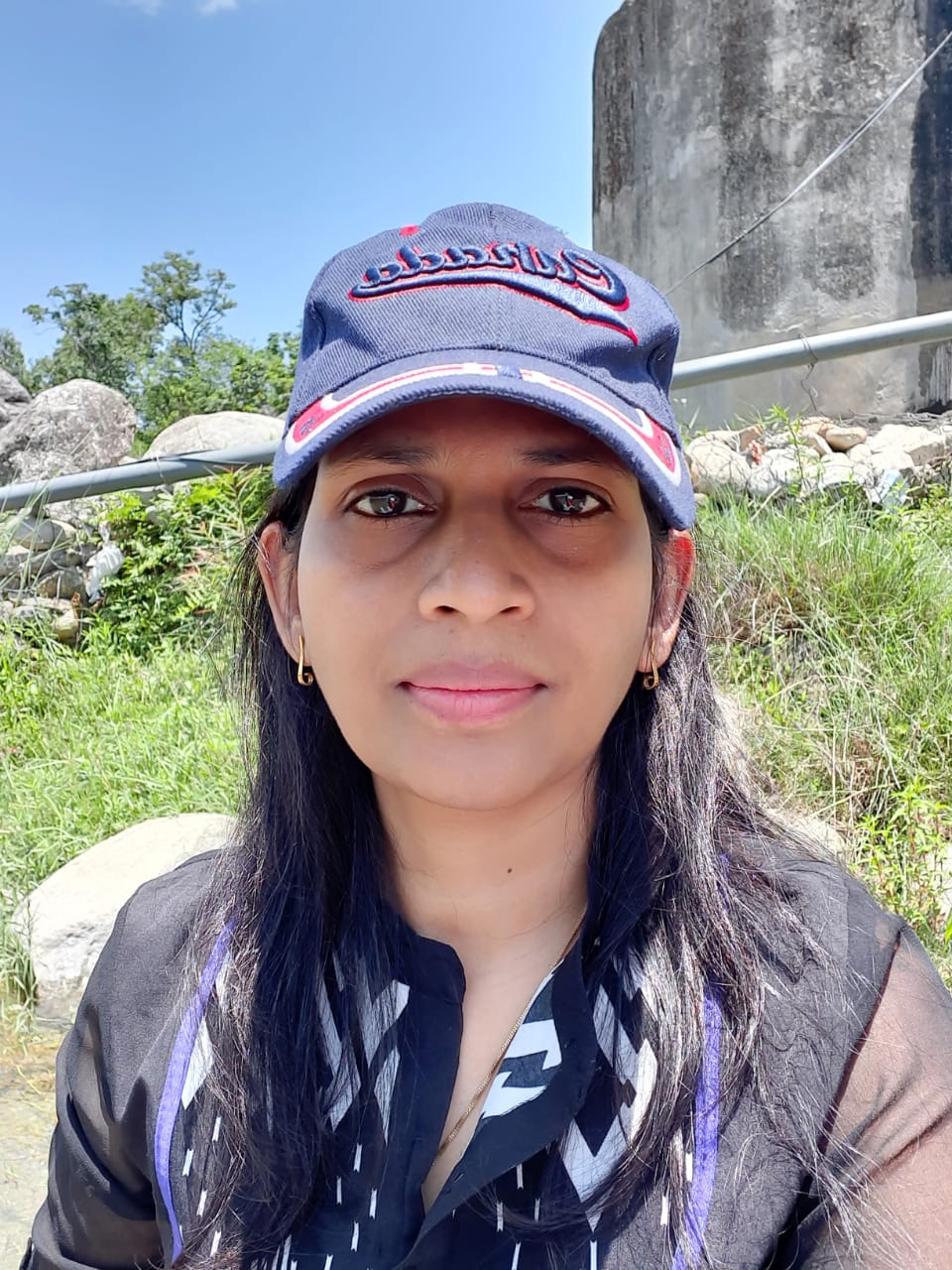Total Quality management in
Hospitality
Total
means each and every person of the hotel, Quality is the
degree of excellence of products or services and management is an art of
dealing with or controlling things or people.
And so,
TQM describes a management approach to long-term success through
customer satisfaction. It is a
continuous process of improvement of Quality and Processes.
The
concept of TQM was originated after World War II, when US completely destroyed
the economy of Japan by the A- bomb. Americans sent their best scientist William Edwards Deming (1900-1993)
to Japan. He was a statistician and
business consultant whose methods helped hasten Japan's recovery after the
Second World War and beyond.
Hospitality
is a very unique Industry, a hotel must adopt TQM practices to be at the top,
one must keep implementing new strategies to be unique form others. There are
various examples where Hotels have proved themselves to be adopting various
Quality measures like Installing Solar panels in ITC Grand Chola, following
employee empowerment in Ritz Carlton, etc.
Five Pillars of TQM:
1. Product/ Service- A hotel must
have functional products and exceptional services. It is important to upgrade
products from time to time and to train employees to provide the world class
service to their guests.
- Organization-
Every company has a big hierarchy. And it is very essential to build a
strong organisation by hiring good and experienced employees and to train
them from time to time.
- Commitment-
Everyone from top to bottom objective must be to achieve the goal of the
organisation.
- Process-
Hotels follow standard operating procedures for every work. If everyone
follows the procedure provided by the employee, the system will be error
free.
- Leadership-
The hierarchy must have good leaders. Mostly companies are known by good
leaders and vice versa.
Practices
of Total Quality Management
1. Japanese 5- S practice
2. Business Process Re-Engineering
3. Control Circles.
4. Employee Empowerment.
5. Six Sigma.
6. Benchmarking.
Japanese 5 S practice
Seiri
(sort): It means sorting the equipment?s of the workplace and removing not required
and defected pieces.
Seiton
(systematize): Putting all the sorted items in their place and providing easy
access so that they are ready for use when needed.
Seiso
(sanitize): An action to clean the workplace daily (equipment, work area, mind,
preventive maintenance)
Seiketsu
(standardize): Involves creating guidelines for keeping the workplace
organized, orderly and clean.
Shitsuke
(self-discipline): Involves training and discipline, to ensure that everyone
follows the 5 S standards.
Business Process Re-Engineering (BPR)
BPR is
through rethinking of all business processes, job definitions, management
systems, organization structure, work flow, and underlying assumptions and
beliefs.
BPR's
main objective is to break away from old ways of working, and redesign of
processes to achieve improvements in critical areas (such as cost, quality,
service, and response time) through in-depth use of technology.
It
challenges managers to rethink traditional work methods and commit themselves
to customer focused processes.
It uses
recognized techniques for improving business results and questions the
effectiveness of the traditional organizational structure.
Benchmarking
Another method,
companies implement for continuous improvement is by following footsteps of the
organisation they admire (practices of companies considered best in class). For
example, Park Group of hotels want to work on their customer satisfaction, they
will start looking for a company which is best in customer satisfaction. Let?s
say, they find The Oberio group of hotels the best. Park hotel will start
following all the rules and policies used by Oberoi hotels. Also they can
follow Amazon International, as Benchmark Company does not have to be in the
same business, as long as it excels at something that the company doing the
study wishes to emulate.
Team Approach/ Quality Circles
TQM
stresses that quality is an organizational effort. To facilitate the solving of
quality problems, it places great emphasis on teamwork. The use of teams is
based on the old adage that two heads are better than one. Using techniques
such as brainstorming, discussion, and quality control tools, teams work
regularly to correct problems. The contributions of teams are considered vital
to the success of the company. For this reason, companies set aside time in the
workday for team meetings.
Teams
vary in their degree of structure and formality, and different types of teams
solve different types of problems. One of the most common types of teams is the
quality circle, a team of volunteer production employees and their supervisors
whose purpose is to solve quality problems. The circle is usually composed of
eight to ten members, and decisions are made through group consensus.
The teams
usually meet weekly during work hours in a place designated for this purpose.
They follow a present process for analysing and solving quality problems. Open
discussion is promoted, and criticism is not allowed. Although the functioning
of quality circles is friendly and casual, it is serious business. Quality
circles are not mere talk sessions. Rather, they do important work for the
company and have been very successful in many firms.
Employee Empowerment
One of
the best strategy is to empower all employees to find a better solution
themselves. With the old concept of quality, employees were afraid to identify
problems for fear that they would be reprimanded.
This new
concept of quality, Employee Empowerment, provides incentives for employees to
identify quality problems. Employees are rewarded for uncovering quality
problems.
Ritz Carlton
luxury hotels and resorts are practicing employee empowerment
from long. As per this, they allow their employees to handle customer
complaints themselves, and not to seek permission from senior. And so, Ritz-Carlton luxury hotels and resorts, are very famous for
providing outstanding services to their guests and treating their employees as
Internal customers.
Workers
are empowered to make decisions relative to quality in the production process.
They are considered a vital element of the effort to achieve high quality.
Their contributions are highly valued, and their suggestions are implemented.
In order to perform this function, employees are given continual and extensive
training in quality measurement tools.
To
further stress the role of employees in quality, TQM differentiates between
external and internal customers. External customers are those that purchase the
company's goods and services. Internal customers are employees of the
organization who receive goods or services from others in the company. For
example, the packaging department of an organization is an internal customer of
the assembly department. Just as a defective item would not be passed to an
external customer, a defective item should not be passed to an internal
customer.
Six Sigma
Six Sigma
is a statistical concept of Total quality Management, wherein Company says thy
will produce Zero defects in their products. It means a company is focusing on
upgrading their products and side by side challenging on producing zero
defects.
Six Sigma
has only recently been introduced to the hospitality industry, though, when
Starwood Hotels adopted it into their hotels in 2001. Six sigma is a
statistically based business strategy that companies attempt to apply to help
in reducing defects in products and services. In the case of the hospitality
industry, in theory, it could be used to improve services from hotel check-in
to waiting times for tables in restaurants. Starwood was the first hospitality
company to introduce it. They have implemented a fully developed program that
starts at the corporate level and identifies key people at the unit level to
champion it
The six
steps of achieving Six Sigma are as follows:
-
Creating and identifying strategic business objectives
-
Creating core and sub processes
-
Identifying process owners
-
Creating and validating performance measures
-
Collecting data on performance measures
-
Determining and prioritizing projects for improvement.
- Implementation of the Six sigma philosophy on the Front Office department of the hotel are:
Reduce
wait time during peak check-in time
Reduce
wait time during peak check-out time
Eliminate
billing errors and improve accuracy
Accuracy
of information
Increase
customer delight at the Executive Club
Implementation
of the Six sigma philosophy in the food and beverage area of a hotel or a
restaurant:
-
To maintain optimal inventory
-
Minimize wastage/pilferage
-
Standardized output of Food and Beverage
-
Reduce the time from order to service
-
Optimal utilization of current product mix (F&B/Outlets) to
increase revenue.

 Create and manage your profile
Create and manage your profile Refer an author and get bonus Learn more
Refer an author and get bonus Learn more Publish any lost and found belongings
Publish any lost and found belongings Connect with the authors & add your review comments
Connect with the authors & add your review comments Join us for Free to advertise for your business or
Contact-us for more details
Join us for Free to advertise for your business or
Contact-us for more details
 Join us for Free to publish your own blogs, articles or tutorials and get your
Benefits
Join us for Free to publish your own blogs, articles or tutorials and get your
Benefits

 1 like
1 like


